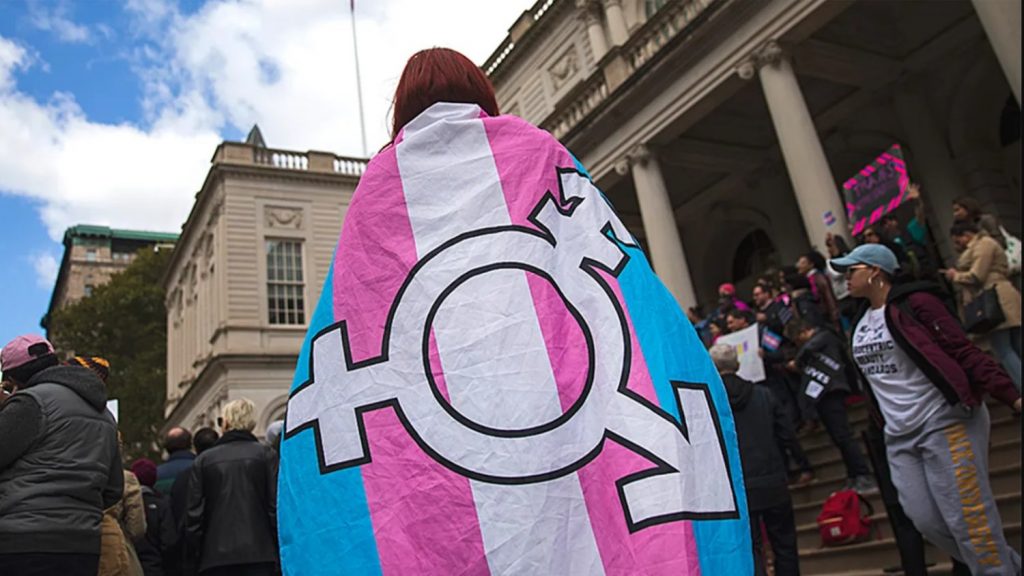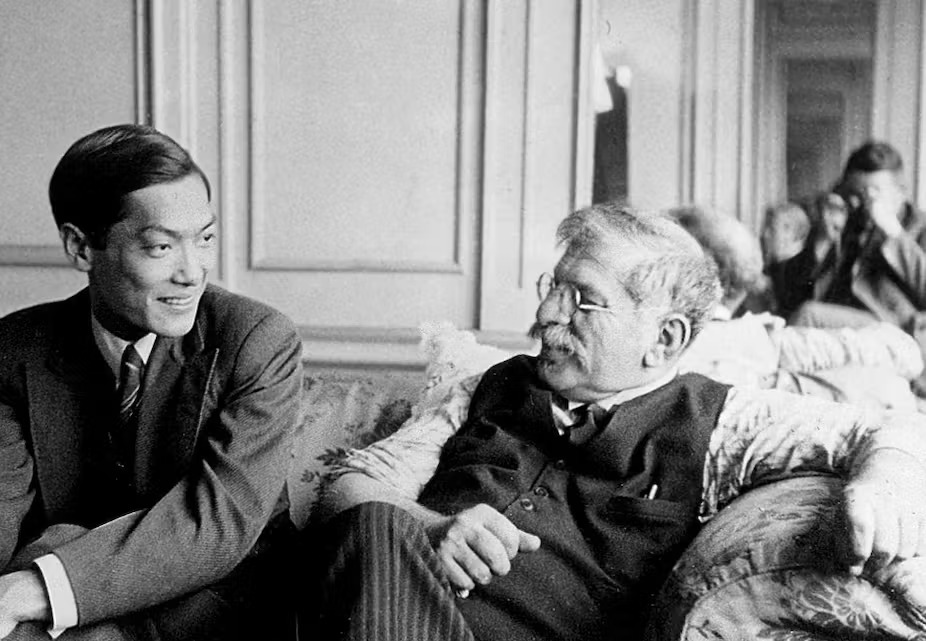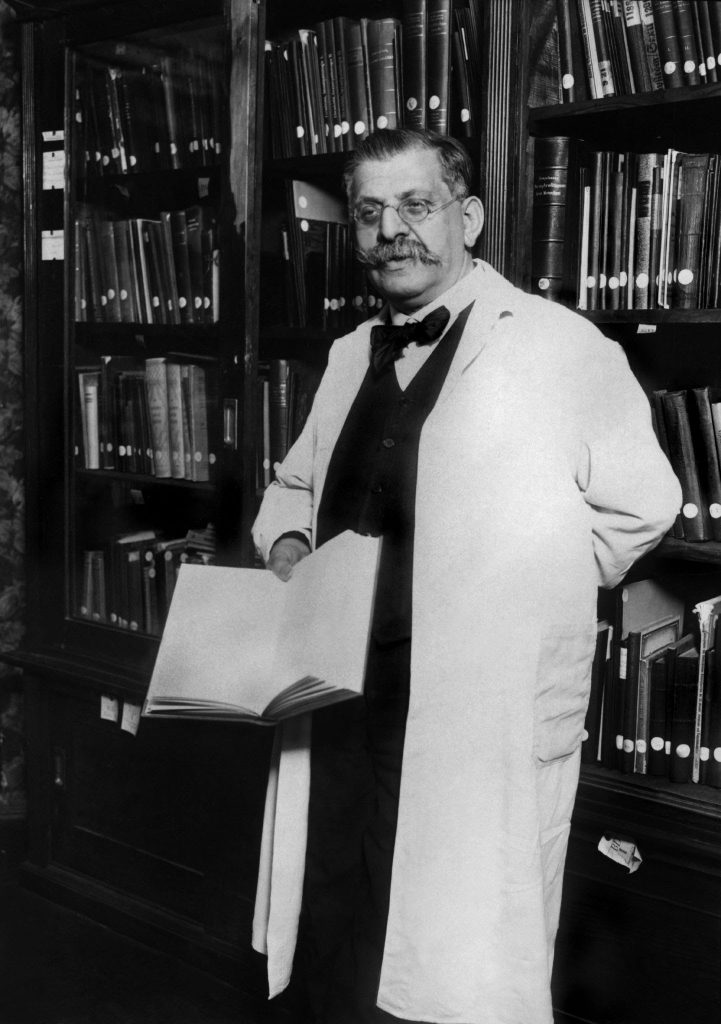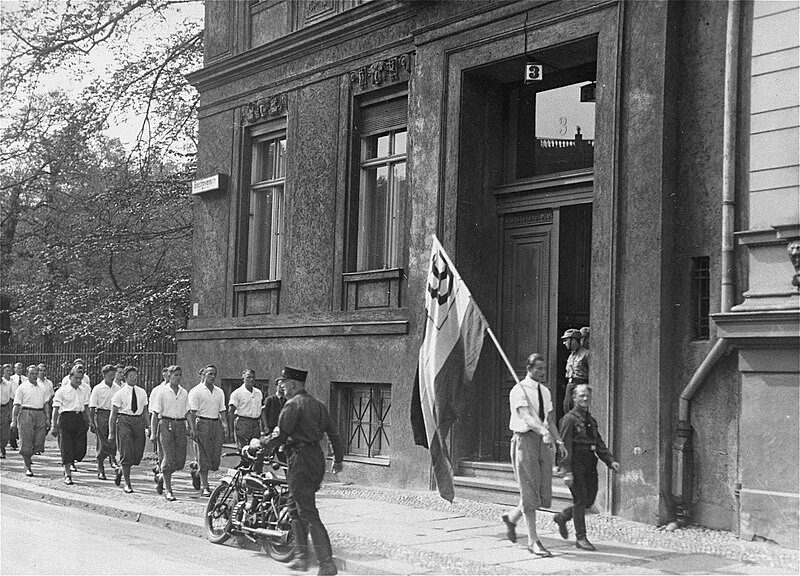(Bloomberg) -- When night falls in the refugee camp outside Karachi, Shanawaz Khoso worries about snake bites. The 38-year-old and his seven children sleep in tents alongside 5,000 other displaced villagers, partially exposed to the elements and to creatures that include scorpions and venomous snakes. When the sun rises, stifling heat and mountains of untreated sewage turn the camp into a breeding ground for disease. Fever and stomach pain are prevalent, but there are no doctors and there is no medicine.“We are living here out of necessity,” Khoso says. “Nothing is coming here now. We’re terrified.”
With monsoon season fast approaching, Pakistan has already seen heavy rains and strong winds resulting in dozens of fatalities, hundreds of injuries and damage to roads, houses and farmland. This year, though, the rain is falling on a country still reeling. Just 10 months ago, severe flooding in Pakistan killed over 1,700, displaced 8 million and cost the economy more than $30 billion.
Now crop shortages linger, thousands remain homeless and the country is struggling with rebuilding, food supply, health care and debt. Relief aid has largely dried up. As new rains threaten the same areas hit by last year’s floods, Pakistan finds itself at the mercy of a pernicious pattern: Climate change is driving more intense rainfall, which drives more intense flooding, which stymies recovery from past floods.
It’s a paradigm familiar to the other eight countries in what’s known as the Third Pole, which is facing the impacts of warmer air on both monsoons and melting mountain ice. Glaciers in Asia’s Hindu Kush Himalayan region could lose 80% of their current volume by the end of this century, according to a recent study, threatening the livelihoods of as many as 2 billion people downstream — roughly a quarter of the world’s population. Without effective mechanisms to finance their own recoveries, let alone prepare for future climate crises, developing nations are particularly unprepared. “Pakistan is an avatar for what happens when climate-vulnerable countries that are not climate-resilient are in the firing line of changed weather conditions,” says David Miliband, president of International Rescue Committee, a humanitarian aid group. “They’re on the front lines of something that’s going to be faced by other countries.”
Khoso and his family moved to the refugee camp last August, after his hometown of Shikarpur was inundated. But within two months, relief aid to the camp started to run out — first food supply dwindled, then electricity was shut off, then the two health clinics closed. Located roughly 65 kilometers (40 miles) from Karachi, the camp is too far for Khoso to find work on foot, but returning to Shikarpur isn’t an option: The rice paddies on which his family depended were lost in the flood.
“We use money from one crop to invest in the next one,” Khoso says. “That cycle has been broken.”
While Pakistan is no stranger to monsoons, 2022 was unprecedented. Flooding lasted more than four months, and at its height left a third of the country submerged. The worst climate disaster in the country’s history, the floods were responsible for an economic hit of more than $30 billion, or roughly 10% of Pakistan’s 2021 economic output.
In many regions, little has improved since. Across Sindh province, where more than half of schools were damaged by the flood water, children continue to study in the open, Pakistan’s foreign minister, Bilawal Bhutto Zardari, said at a conference in May. Stagnant water has fueled the worst malaria outbreak in the country since 1973, according to the World Health Organization. Few rural clinics remain standing to provide much-needed medical treatment.
Among all the challenges, though, the biggest might be food. The flood’s impact on livestock and farmland has limited Pakistan’s ability to feed its citizens: 10.5 million people, or about 5% of the population, are experiencing acute food insecurity. The Pakistani rupee’s 30% decline against the dollar over the past year has also made imported food more expensive.
“Pakistan is facing a nutrition crisis,” the United Nations warned in a report last month. The country’s rate of severe acute malnutrition is twice the average for South Asia and four times higher than the global average, according to the UN.
“I’m very concerned that 33 million impacted [people] is not a number that any country has ever had to deal with as a single disaster,” Pakistan climate minister Sherry Rehman tells Bloomberg Green. “It is going to be very tough to rebuild even in three years.”
Many blame the lack of progress on a lack of funding. The World Bank estimates that Pakistan will need at least $16.3 billion for reconstruction and rehabilitation. Donors pledged $10 billion in relief at a UN conference in January, but it’s unclear how much of that money has been allocated. Out of 20 million Pakistanis in need, only 7.7 million have received disaster relief of some sort, according to UN data.
“Developing countries are repeatedly hit by climate-led disasters and the quantum damage is barely understood by international communities,” Rehman says, adding that financial institutions’ preference for loans instead of grants is complicating recovery efforts. Other troubled nations — war-torn Ukraine, earthquake-hit Turkey and drought-stricken Kenya — also compete with Pakistan for aid, which international donors say is shrinking amid wider economic uncertainty.
One of the most vulnerable countries to climate change, Pakistan is responsible for just 1% of global greenhouse gas emissions. That disconnect has put it at the forefront of conversations around “loss and damage,” shorthand for a program where developed nations compensate poorer nations for suffering linked to climate crises. World Weather Attribution, which researches the link between extreme weather and greenhouse gas pollution, found that climate change made rainfall in Pakistan 75% more intense last August than it would have been otherwise.
While Pakistan played a key role in getting UN climate negotiators to establish a loss-and-damage fund at last year’s COP27 climate conference, almost all of the details still need to be ironed out. It’s unclear how much of that will happen at COP28 later this year. Attendees at preparatory meeting in Germany last month came away concerned about unclear goals and inter-country bickering.
“It is still unknown when any funds might actually be made available to countries like Pakistan through [the loss-and-damage] mechanism,” says Lisa Dale, who researches climate-change adaptation at Columbia University.
A separate climate summit in Paris last month brought together more than 100 heads of government to address financial scarcity as the biggest impediment to climate action. A set of proposals known as the Bridgetown 2.0 agenda would create currency exchange guarantees, add disaster clauses to debt deals and foster more multilateral lending. But its political feasibility remains largely untested.
Pakistan’s slow recovery is creating a vicious cycle. Crop shortages caused by the flooding drove up food prices, then the government raised taxes and energy prices in an attempt to meet the terms of a loan deal with the International Monetary Fund. That pushed up inflation, which hit 38% in May compared to a year earlier. Pakistanis started cutting back on spending, and job opportunities dried up. In June, the country secured initial IMF approval for a $3 billion loan program, lowering the risk of sovereign default but increasing pressure to maintain fiscal discipline.
In a village near Jamshoro city in Sindh province, it’s not uncommon to see roofs made of plastic bags or houses missing walls. Five villagers there tell Bloomberg Green they haven’t received any funding for reconstruction, and none can afford to make repairs.
“I am just desperate. What can I do?” asks Fateh Mohammad, 70, who supports a family of 18 by doing odd jobs. Five years ago, Mohammad earned a daily wage of 500 to 1,000 rupees ($1.76 to $3.52); now he makes less than 300 rupees a day, barely enough to buy 2 kilograms (4.4 pounds) of flour.
Not far from Mohammad’s shelter is one housing Gulsher Mallah, 22, who lost his goats to the flood and now works at a roadside restaurant. “There is hardly any business at the restaurant now,” he says. Over the course of a morning, he might sell a single bottle of water.
As a changing climate makes rainfall and other extreme weather more intense, experts say Pakistan’s experience will be replicated elsewhere. Any country’s recovery efforts depend on how quickly and effectively authorities can marshal resources, allocate funds and complete the work of rebuilding. That puts developing countries at a self-perpetuating disadvantage.
“They lack resources, both financial and technical, to help them buffer a shock like flooding,” Dale says. “These pre-existing conditions contribute to higher risk and longer recovery when a natural disaster does occur.”
Although Pakistan is highly vulnerable to climate change, experts say the country has yet to establish a robust disaster-response system. Rehman argues that the scale of destruction from last year’s floods is unprecedented, making rebuilding a Herculean task. But even small adjustments could better prepare Pakistan for its next emergency, whether that means more coordination across aid organizations or rebuilding specifically with climate catastrophes in mind.
“The infrastructure has not become more climate-resilient,” says Adnan Khan, an Islamabad-based advisor at the nonprofit Red Cross Red Crescent Climate Centre. “Those communities have not been trained on how they can adapt to climate change.”
That’s where Yasmeen Lari comes in. In 1980, the 82-year-old architect co-founded the humanitarian organization Heritage Foundation Pakistan, which today has two training centers offering villagers free courses on building climate-resilient homes. Since 2010, Lari says Heritage has helped put up roughly 55,000 houses across Pakistan.
At the Heritage training center in Pono village in rural Sindh province, villagers learn to build octagon-shaped homes from bamboo, sand and straw. Each single-room structure takes about a week to put together, with construction costs roughly a tenth of those for a conventional concrete home. The houses are slightly elevated and thus suited for heavy rain: When the flooding hit Pono village last year, all 70 of its octagon houses held up, even as many conventional homes collapsed.
Since then, the village has become a place of pilgrimage. About 500 people have received training there over the past 10 months, and each is asked to share what they learned with 10 more villages after returning home. “It’s the poor helping each other out,” says Naheem Shah, project manager for Heritage’s Pono village center.
Heritage is part of a small but growing grassroots movement to make climate adaptation more accessible to Pakistanis. Climate activist Rida Rashid, who lost five members of her extended family to the 2022 flooding, is building an online platform with features that include climate change literature translated from English to South Asian languages and on-the-ground footage of climate disasters. Innovate Educate and Inspire Pakistan, a nonprofit based in Islamabad, has expanded its offering to include a climate education program for teachers.
But time is of the essence. Each monsoon season stands to exacerbate the aftermath of the last one. At the camp outside Karachi, Khoso says he dreads every raindrop that hits his family’s worn-out tents.
“We used to entertain guests,” he says of life before the flood. “Even if 10 people came, we didn’t have any problem serving them food. Our fortunes have completely changed.”
During April’s Eid holiday, an important Muslim festival for which wearing new clothes is custom, Khoso and his wife managed to dress up their children with donated outfits, but for the first time skipped their own. Having accumulated 30,000 rupees in debt since arriving at the camp, Khoso says they didn’t have the financial means — or the inclination — to celebrate.
“We are just sitting here now at God’s mercy,” he says.
Most Read from Bloomberg Businessweek
















